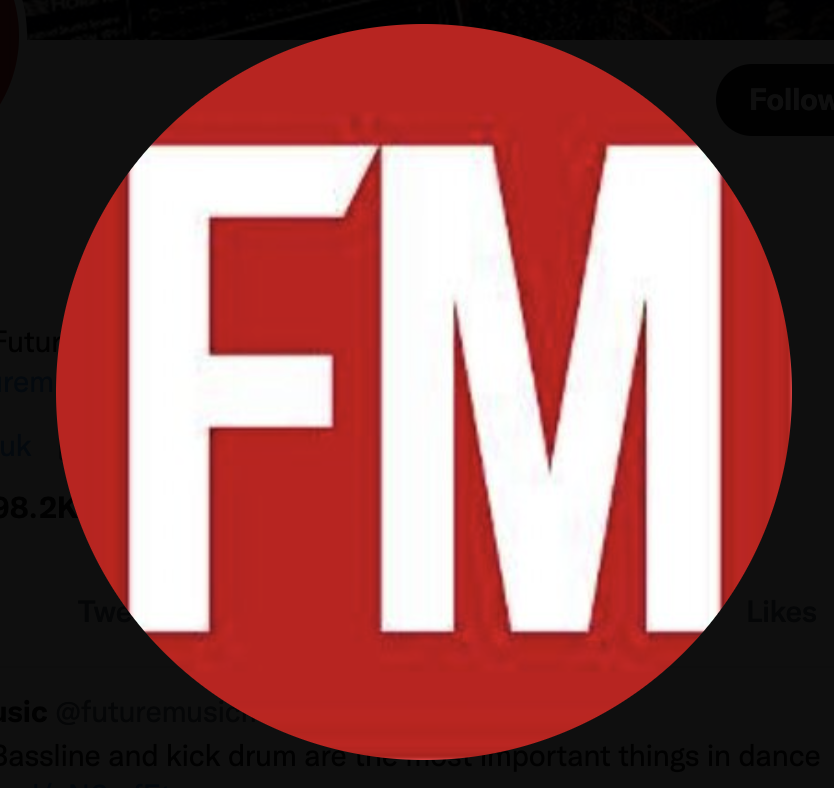Get the sound of Hot Right Now by DJ Fresh
The production tricks behind one of the biggest dance tunes of the year

Intro
After the chart-topping success of the dubstep anthem Louder, DJ Fresh followed up with the upbeat Hot Right Now with fresh-faced Rita Ora. A huge-sounding, saw-based synth underpins the whole track – like a 2012 equivalent of a powerful brass section.
The sound defines the track, through a couple of chord progressions that augment the lively drum ’n’ bass-style beat. It might seem fairly simple but this type of synth stab can be tricky. It’s not hard to get close but the magic of the Hot Right Now stab is very easy to miss. We’ll look at the process, starting at the oscillator level and taking it all the way to the final sound, complete with insert FX to keep it bright and punchy with plenty of movement.
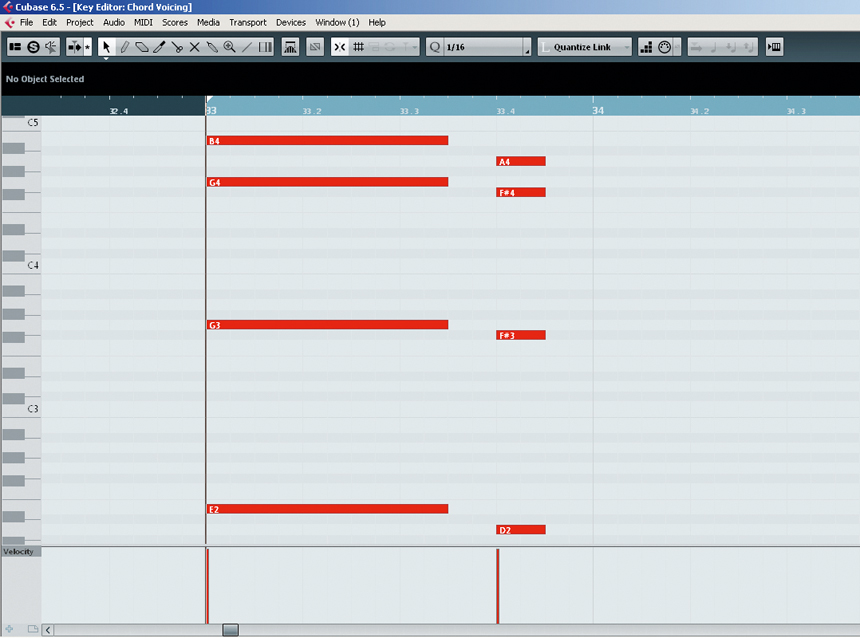
Chord theory
At a tearing tempo of 175bpm, the first challenge with such a stab is in the voicing. If you were to use a simple triad it wouldn’t span a broad enough frequency range and if you were to just duplicate that triad over multiple octaves, it would take up too much space, making the drums, vocals and additional synth parts very difficult to hear.
DJ Fresh’s solution is to spread the triad out over three octaves. The first chord is an E minor, which would usually comprise of E as the root, G as the minor 3rd and B as the 5th. If you play or program this into your sequencer you can begin to spread it out by dropping the root by an octave and raising the 5th by an octave. This way the fundamental frequencies of each note are in well-defined regions. Fresh also doubles up the 3rd (the G) a single octave higher. This puts emphasis on the minor 3rd and shifts the overall energy of the stab more towards the top end, where the stab can easily pierce through the mix. A similar spanned voicing should be used for all further chords in the sequence.
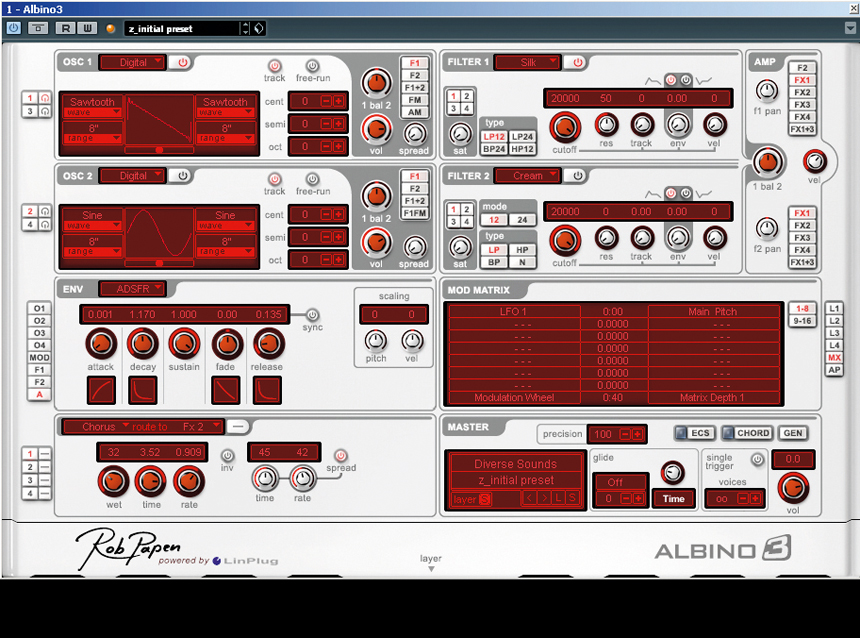
Albino 3
Let’s look at the synth patch. We’re using Rob Papen’s Albino 3 here by LinPlug. To get started you can use the ‘z_initial’ preset from the ‘Diverse Sounds’ category in the internal preset browser, but don’t forget to turn ‘Precision’ up to 100 in the Master section.
We need a really bright sawtooth wave, but the default analogue sawtooth in Albino tapers off too quickly in the high end. Instead we’ll select the Digital oscillator type, where a sharper ‘Sawtooth’ waveform can be selected. To brighten it further, set Filter 1 type to Silk and select the LP12 mode. Turn the Env amount to 0 and push the Res up to 50%.
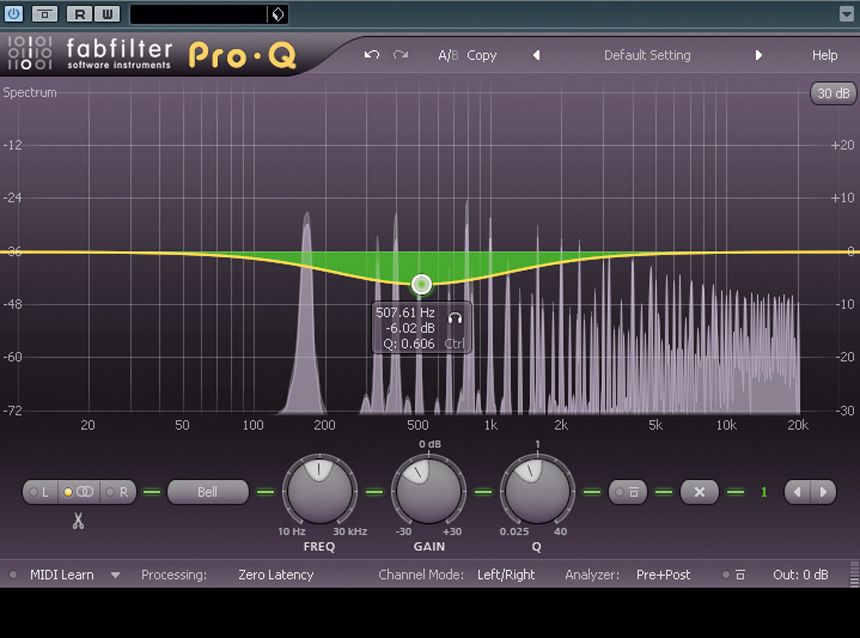
EQ
Even though the patch is quite sharp, we can improve its definition by cutting away some mud. Listening closely, it seems that Hot Right Now’s stab has been EQ’d to bring out the brighter harmonics in relation to the fundamentals, probably to make space for the vocals.
Scan the frequency spectrum for any muddy fundamentals that would otherwise clog up the mix (a frequency analyser might help) and then cut accordingly. We’ve found a cut of about 6dB at 500Hz works, with a smooth and broad Q width to keep the sound natural.
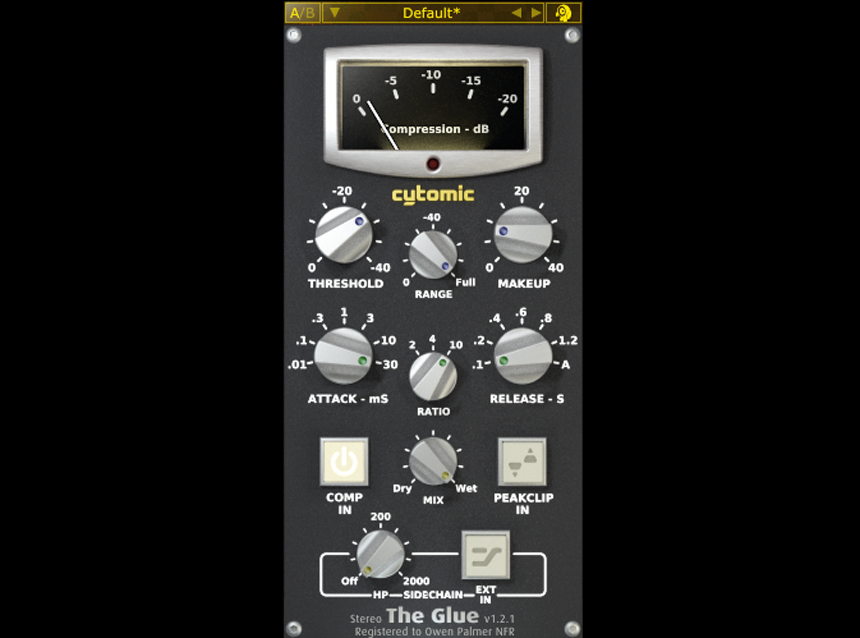
Compress
The sound is bright but not particularly punchy. Hot Right Now has a triumphant impact which wecan approximate by using a smacking compressor. Set the Ratio as high as it will go, and start with the longest Attack and the minimum Release times.
Gradually lower the Threshold until you start to hear a burst at the front of each stab. If the sustain sounds distorted, then ease up on the release, but for this patch on most compressors that won’t be necessary. Lower the Threshold until you’re hitting around 3 or 4dB of gain reduction.
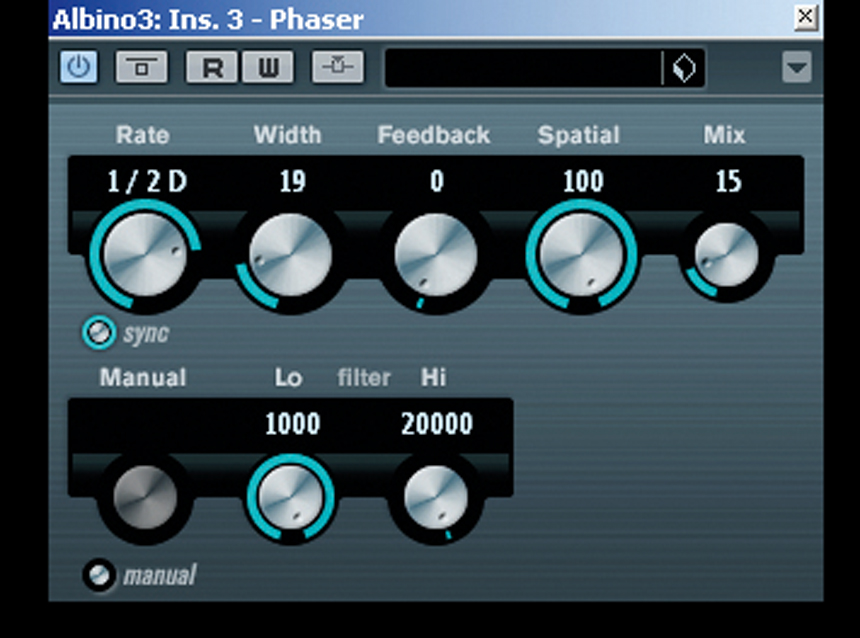
Phase action
Now we have a patch that’s bright and punchy but Hot Right Now also has a subtle, swishy movement inthe stereo field.
We can achieve this with a Phaser. Start by setting the Rate to whichever position sounds best with the stab rhythm (in this case half-dotted works nicely), reduce the Width so that it doesn’t move too much, minimise Feedback, maximise stereo spread, cut out the low end as much as possible and mix it in gently, so that it’s kissing the sound rather than drowning it.
Future Music is the number one magazine for today's producers. Packed with technique and technology we'll help you make great new music. All-access artist interviews, in-depth gear reviews, essential production tutorials and much more. Every marvellous monthly edition features reliable reviews of the latest and greatest hardware and software technology and techniques, unparalleled advice, in-depth interviews, sensational free samples and so much more to improve the experience and outcome of your music-making.
